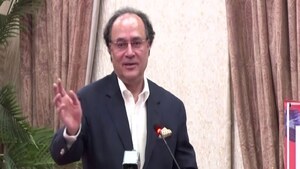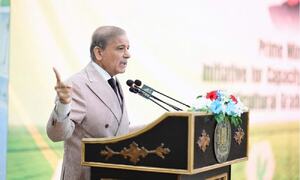From Asia, Africa and points in between, nearly 1.5 million Muslims began the annual Hajj pilgrimage in Saudi Arabia to Islam's holiest sites Saturday, undeterred by last year's deadly stampede. The numbers are down because of the absence of tens of thousands of Iranians over tensions between Iran and Saudi Arabia. The 2015 stampede magnified those frictions.
After preliminary rituals this week in Makkah at the Grand Mosque, pilgrims moved on Saturday, many by bus, to Mina several kilometres (miles) east. In debilitating temperatures exceeding 40 C (100 F), some pilgrims walked under coloured parasols. They are following in the footsteps of their Prophet Muhammad (Peace Be Upon Him) who performed the same rituals about 1,400 years ago. "It's an indescribable feeling. You have to live it to understand. This is my sixth Hajj and I still cannot express how happy I am to be in Makkah," said Hassan Mohammed, 60, from Egypt.
"People come from every country of the world, talk every language of the world, and meet here in one place under one banner, the profession of the Muslim faith," said Ashraf Zalat, 43, also from Egypt. The first day of Hajj was traditionally the chance for pilgrims to let their animals drink and to stock up on water.
Then they proceed to Mount Arafat, several kilometres further, for the peak of the Hajj on Sunday. Okaz newspaper reported that, for the first time in 35 years, Grand Mufti Abdul Aziz al-Sheikh, Saudi Arabia's top cleric, will not deliver a sermon to the Arafat crowds. The paper cited health reasons. Mina becomes the pilgrims' base, where an expanse of solidly built white fireproof tents can accommodate 2.6 million people beneath bare mountains.
BR100
15,100
Increased By
41.1 (0.27%)
BR30
43,391
Increased By
460 (1.07%)
KSE100
148,931
Increased By
115.3 (0.08%)
KSE30
45,223
Increased By
16.4 (0.04%)





















Comments
Comments are closed.